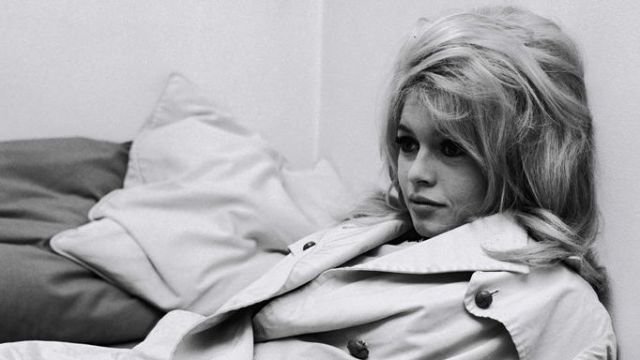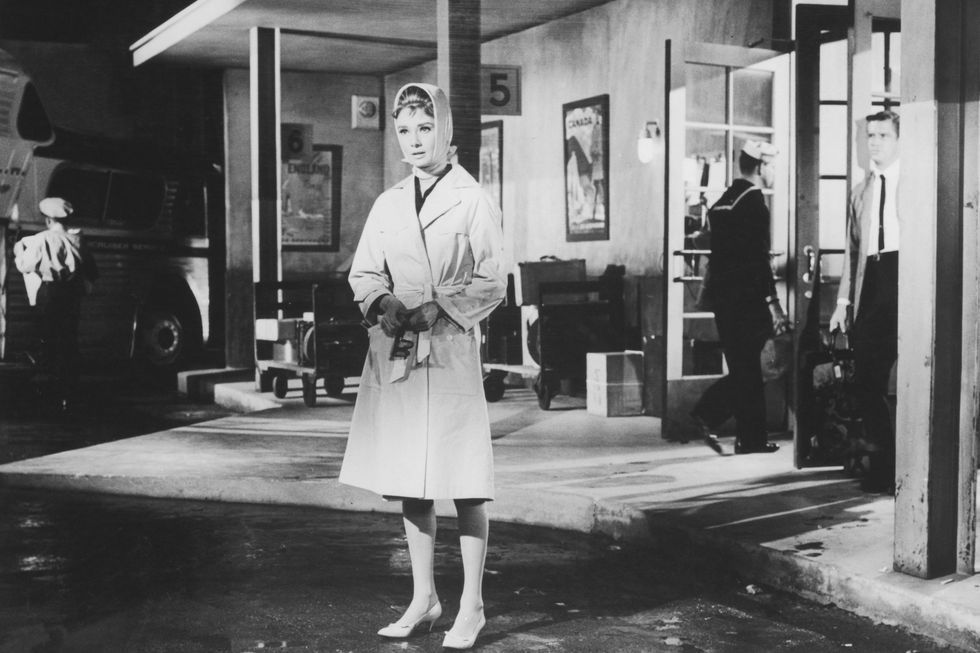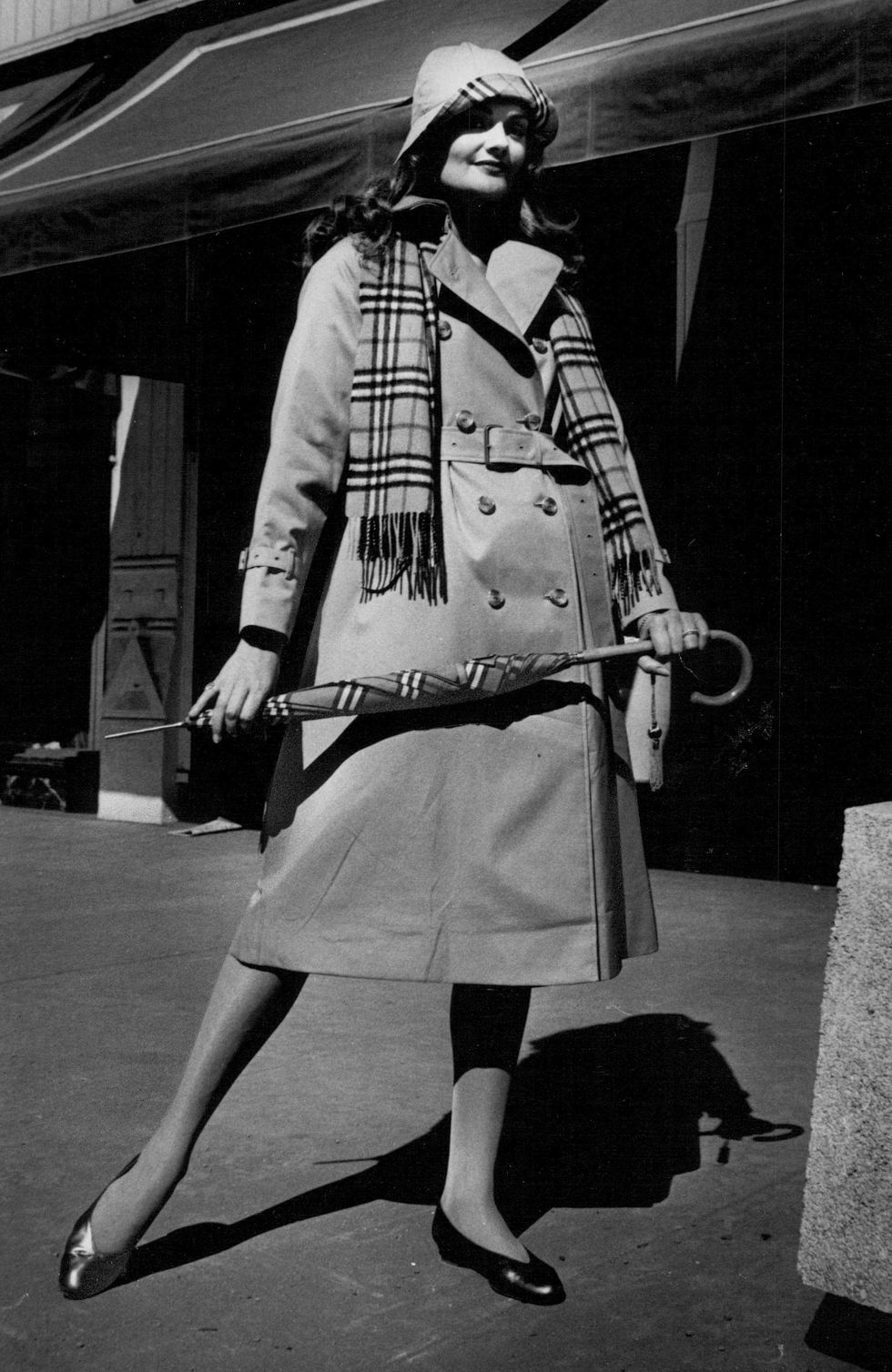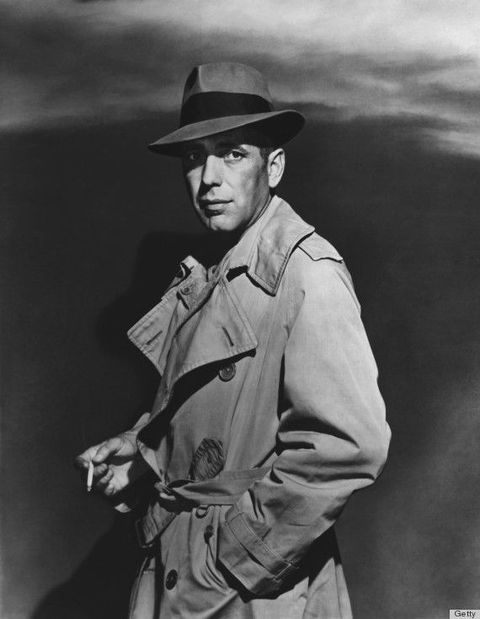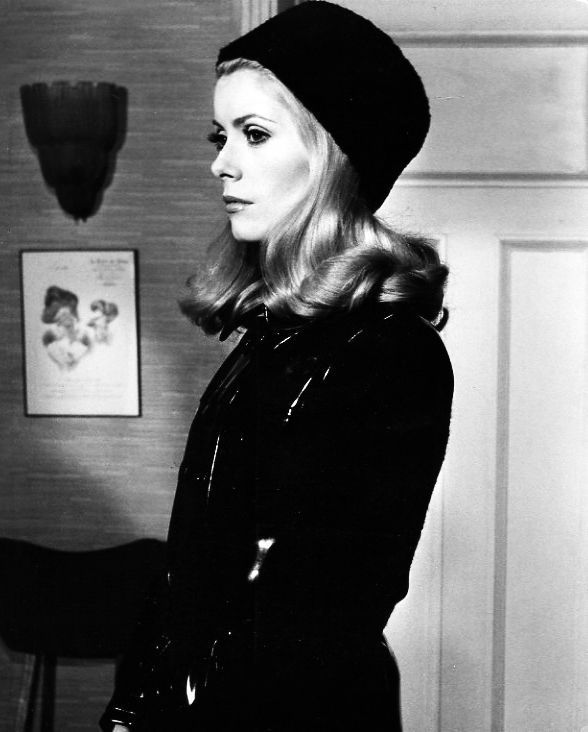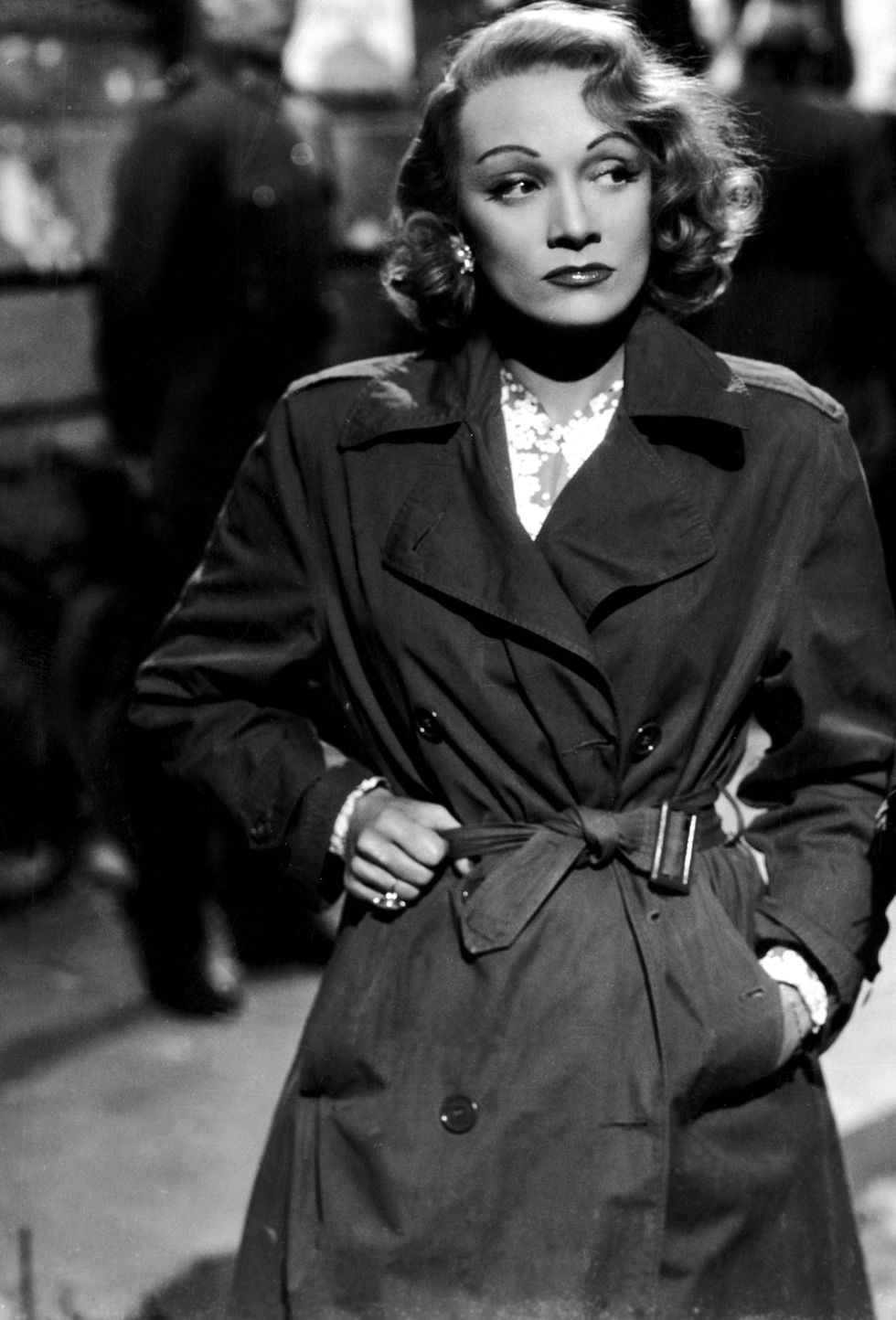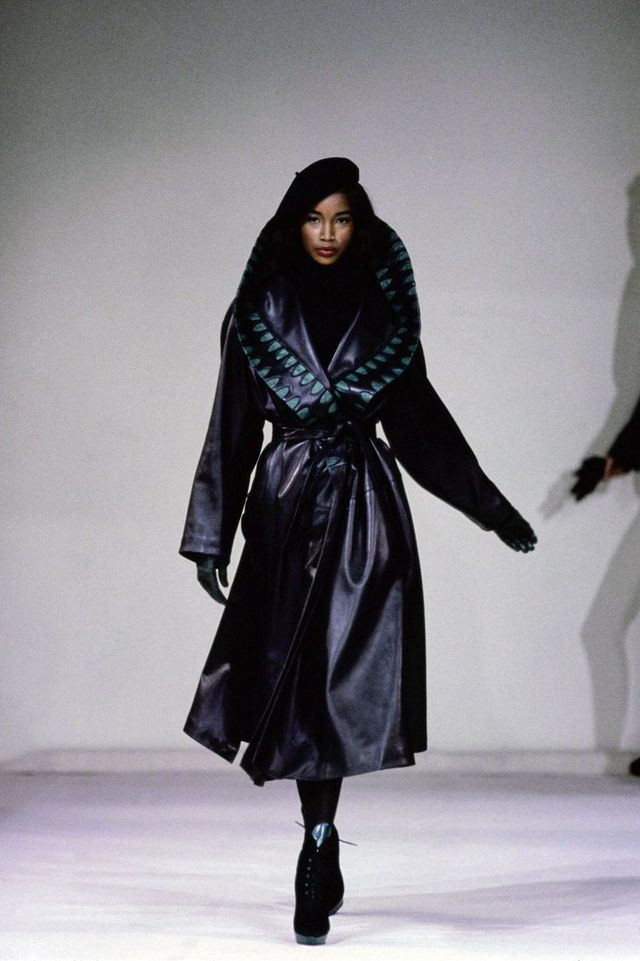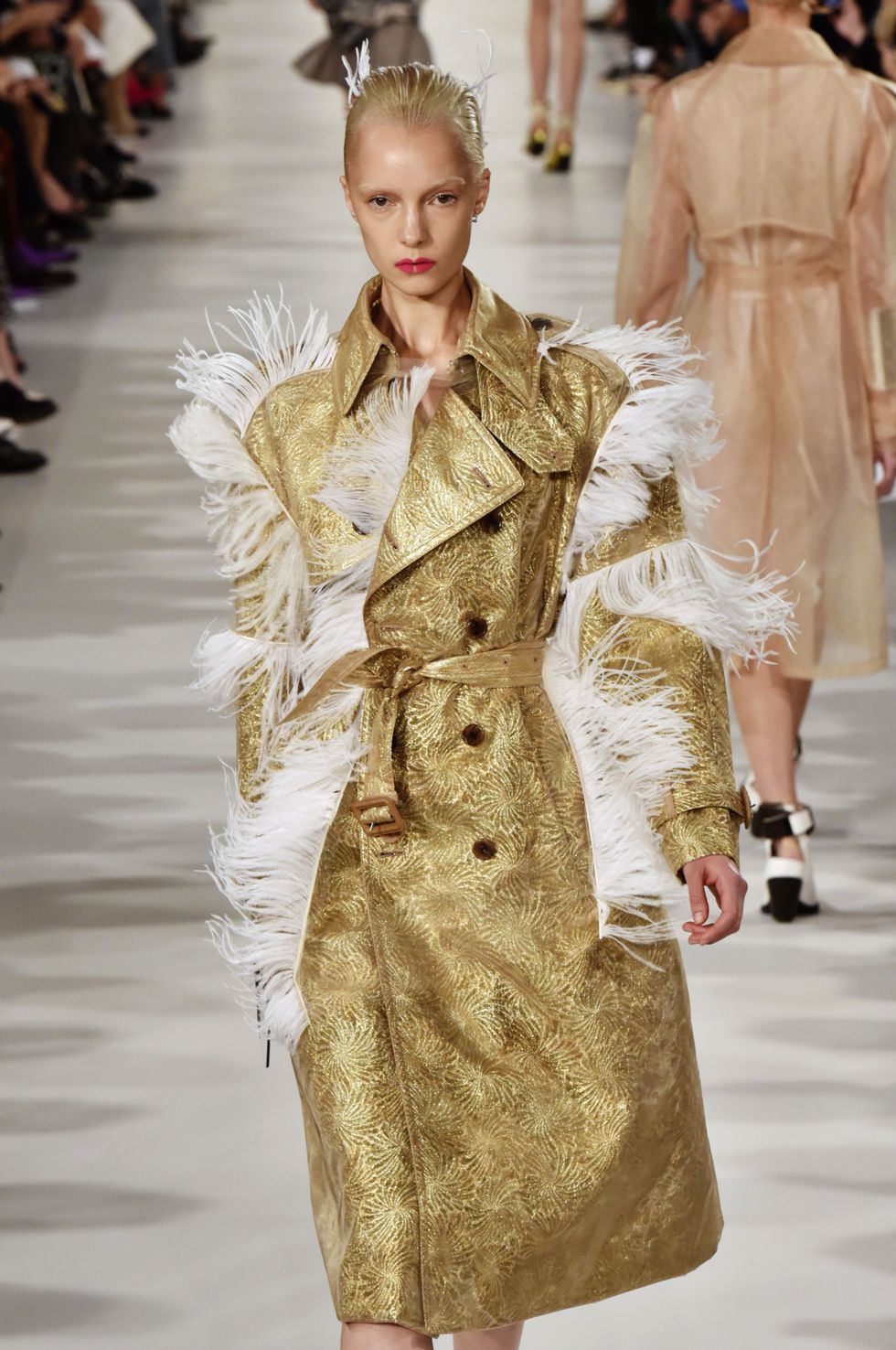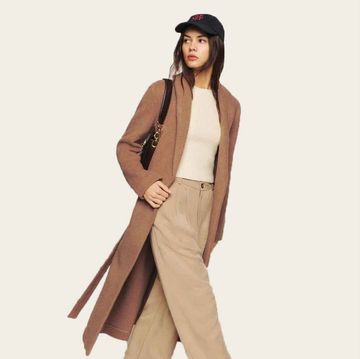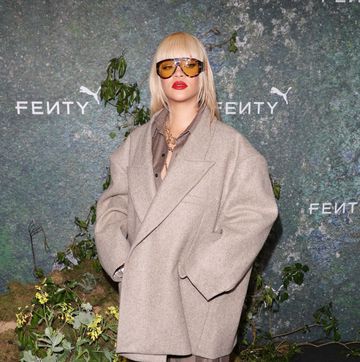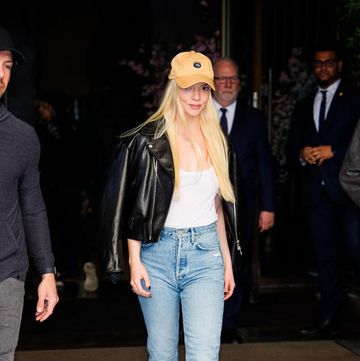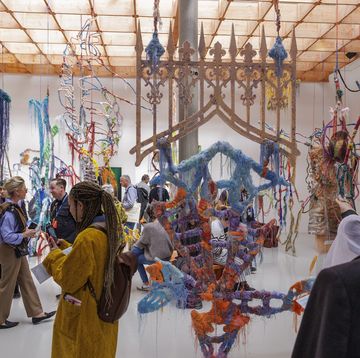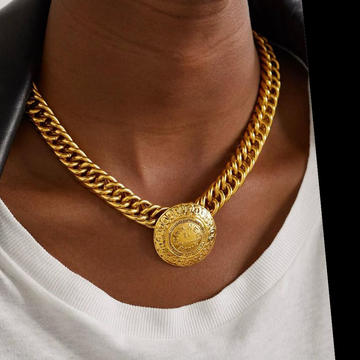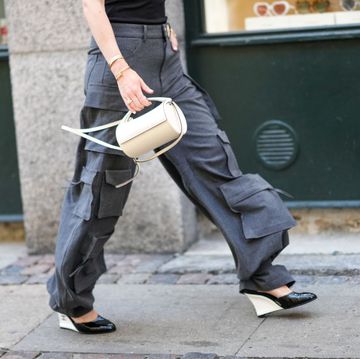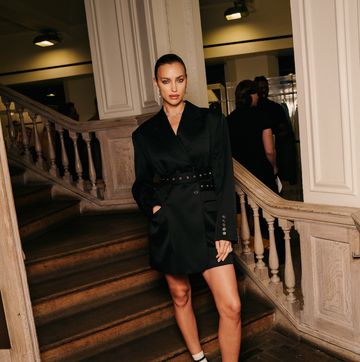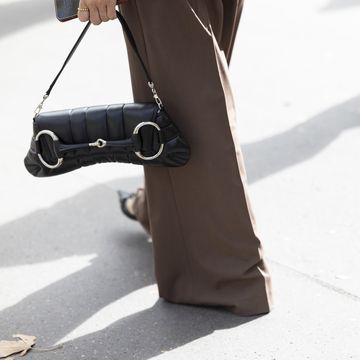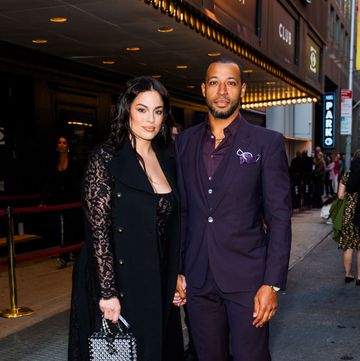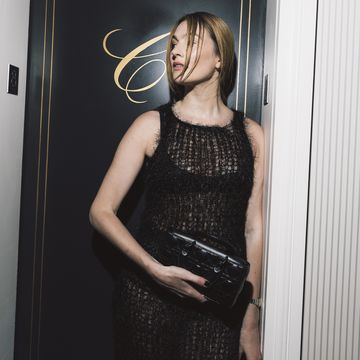Who could forget the iconic scene at the end of Breakfast at Tiffany's when Audrey Hepburn and George Peppard kiss in the rain? Or Humphrey Bogart's timeless 'Here's looking at you, kid?' in Casablanca just before Ingrid Bergman leaves him for good? They aren't just classic moments in cinema—they also feature one of the most iconic pieces of clothing of all time: the trench coat.
While often remembered for its role in World War I, the trench coat was actually first worn by men in the upper echelons of British society nearly six decades before then. It was first seen as a sport coat, the mark of a gentleman adventurer, as evidenced by famed explorer Sir Ernest Shackleton's use of the Burberry version for himself and his crew as they roamed Antarctica in 1907.
There are two stories of how the now-famous coat came to be: first, that Thomas Burberry himself patented what is considered the precursor to the trench coat, the Tielocken, in 1912 after developing its fabric—the tough, water-resistant twill he called gabardine—in 1879. And second, that the company Aquascutum (whose name literally means "water shield") first developed a water-repellent coat in the 1850s. Neither brand has ever been proven the victor in this scenario, but the coat itself first saw battle in 1895 during the Boer War.
Officers—not regular, everyday soldiers—in World War I adopted what came to be called "the trench coat" after the thick woollen coats they had originally used in the trenches became too heavy. The gabardine or otherwise water-resistant coats first designed by Burberry and Aquascutum filled the void, and were adapted for the military with epaulets that would show an officer's rank; a cape that easily moved water away from the body; D-rings on the belt in the back that held gear; and a flap for a gun that would rest over the front of the right shoulder, all the while being short enough to avoid dragging through mud. Most of these details still appear on trench coats today. The coats became a success not only for officers but for civilians on both sides of the pond, who adopted them for their patriotic flair and the solidarity they showed with the military.
As the war ended, the coats' popularity stayed intact: officers still wore them, and they were used again in World War II. It was around that time that they climbed into public consciousness again, this time on women—including Marlene Dietrich, Greta Garbo, and Katharine Hepburn, whose glamour played with traditionally masculine styles—as well as men, lest we forget the aforementioned Bogart in Casablanca, fedora tilted over his eyes and a tan Burberry trench on his back. The coat from that film is still iconic and he only wore it in two scenes.
From here, the trench coat continued its ascent into style iconography with the slick gangsters, upstanding gentlemen, detectives, and never-do-wells of '40s and '50s cinema, a visual trope that also continues today. The trench coat became popular for women after the war, too, into the 1960s and then present day. It was worn by Marilyn Monroe in her 1960 film Let's Make Love and Brigitte Bardot in Roger Vadim's Love on a Pillow from 1962. Yves Saint Laurent repurposed the coat for Catherine Deneuve in 1967's Belle de Jour, designing a slick, black patent version that instantly tied it to a new level of sex appeal.
The trench coat could, fashion insiders learned, be dressed up or down, as exemplified by Jackie Kennedy, who paired it with an evening gown in the 1970s, and Jane Birkin, who wore it with a straw handbag and ballet flats. The dearly departed Azzedine Alaïa produced an oversized trench in the 1980s, followed by more minimalist creations by Rei Kawakubo and Yohji Yamamoto, and an over-the-top, deconstructed and reconstructed version by Jean-Paul Gaultier. This deconstructed style returns this coming Spring/Summer 2018 season, having sailed down the runways last September as brands like Alexander McQueen, Balenciaga, and Margiela all put their own spin on the garment.
Throughout its life, the trench coat has seen everything from battles to runways, bayonets to bloggers. It's been worn up and down, by officers and accountants, princes and artists, morphing from its signature gabardine to fabrics like suede, patent leather, and even plastic as fashion and time continue to move on. Despite our constant style evolution, however, the trench coat remains a classic we'll never stop fighting for.
